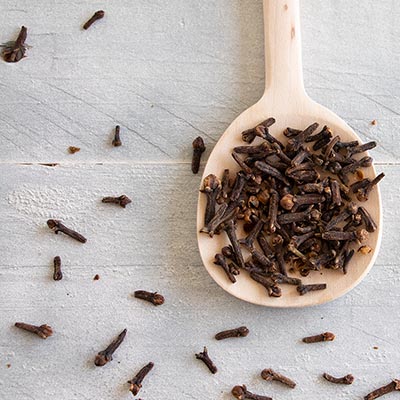Cardamom is a spice derived from the family Zingiberaceae and made from the seeds of several plants in the genera Elettaria and Amomum. Both genera are native of Indonesia and the subcontinent of Indian.
Origin
The word "cardamom" is derived from the Latin cardamomum, which is a Latinization of the Greek καρδάμωμον (kardamomon), which is a compound of κάρδαμον (kardamon), "cress" + ἄμωμον (amomon).
The are two main types of cardamom
• True or green cardamom comes from the species Elettaria cardamomum and is distributed from India to Malaysia. What often is referred to as white cardamon is actually Siam cardamom, Amomum krervanh.
• Black cardamom, also known as brown, greater, large, longer, or Nepal cardamom, comes from species Amomum subulatum and is native to the eastern Himalayas and mostly cultivated in Eastern Nepal, Sikkim, and parts of Darjeeling district in West Bengal of India, and southern Bhutan.
Nowadays, it is also cultivated in some other countries, such as Guatemala, Malaysia and Tanzania. Indian cardamom (kerala) was introduced in Guatemala for cultivation before World War I; by 2000, that country had become the biggest producer and exporter of cardamom in the world, followed by India.
Hela at HomeClose selection



















